Driving an Electric Car: Charging ahead with full power
The news on Indian Automobile Industry is hot these days. The reason though is not a pleasant one. Most of the auto companies are reporting negative sales and stuck with huge inventories. The reasons range from a not-so-strong buyer sentiment to app-based rides becoming popular to soon-to-be-introduced BS-VI norms. Therefore driving an electric car on Indian road is not so much a priority.
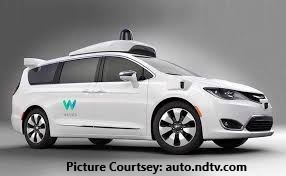
On the global front, the news is not about positive or negative sentiment. It is about the direction in which the industry needs to move. Yes, Electric cars are here and driving an electric car will soon become a reality! Electric vehicles (EV) sales are accelerating and are expected to account for nearly 15% of the total global sales by 2025. Move a step forward and you can see even driver-less cars on the horizon. Driver-less cars have rolled into New York City just a couple of days back. It will provide a shuttle service for more than a mile in a loop. The area is a 300 acre, privately operated manufacturing and technology hub located slightly away from the city streets.
On the other hand app-based services like Uber, Lyft and Ola are growing at a rapid speed. The app based services have also fueled a growth for cars and it is believed that battery driven cars with its low maintenance will be a boon for them.
Global warming is a warning for humankind
In 1900, nearly one out of three cars drove on volts. But then came the oil rush and things changed forever. Petrol was cheaper than batteries and easier to top. This has fueled the growth of the Internal Combustion Engine (ICE) cars. Car making allowed people to become more mobile. It also became a generator of economic development. Currently, there are 1 billion cars on the road powered by fossil fuels.
World over there are worries about climate change and air pollution. It has prompted authorities around the world to phase out new petrol and diesel cars altogether. All new cars in the UK will be effectively zero emissions by 2040. Nine countries in Europe soon want to ban petrol and diesel cars. Norway has already taken a lead. 52% of cars sold in Norway in 2017 were electric cars. Driving an electric car on every street will soon become a reality.
In India, Niti Aayog has proposed to ban all petrol and diesel vehicles after 2030. It seems a challenging target till the time Automobile manufacturers don’t get on board. Driving an electric car seems the only solution if one has to reduce carbon emissions.
A charged battery
A battery power-train that drives an electric car is three times more the price of ICE. But a combination of better technology and greater scale may soon allow electric vehicles to compete on price with petrol vehicles.
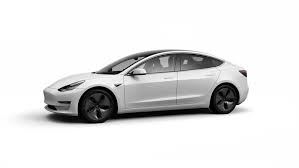
Today’s electric cars are powered by lithium-ion batteries. Elon Musk’s, Tesla has made the battery sexy once again with its lithium-ion battery driving an electric car. Tesla produced around 250,000 electric cars in 2018. Nissan’s Leaf is the biggest selling electric car today in the world. The Model 3 produced by Tesla and Chevrolet Bolt produced by GM are the other 2 popular electric vehicles right now.
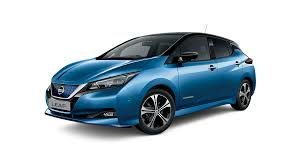
The success of an electric car depends on the lithium-ion battery. Lithium-ion is the same battery that drives your computers, mobiles, and even the e-cigarettes. The top 5 manufacturers of a lithium-ion battery are Panasonic of Japan; LG Chem and Samsung SDI from South Korea; BYD and CATL from China.
Steering the EV
A survey by Reuters in January estimates that the total planned EV-related spending worldwide (including the batteries) is around US$ 300 billion in the next 5-10 years. GM, Geely, Mercedes, Nissan are some of the leading names driving the EV business from planning to production.
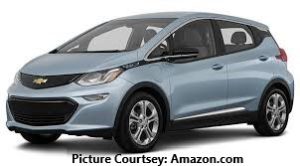
Renault of France and Hyundai of South Korea are developing dedicated electric-only platforms. It means starting from scratch. PSA Group wants more of its customers driving an electric car by electrifying more Peugeots, Citroens and Opels. Fiat-Chrysler has tied-up with Tesla to stay ahead in the race. Toyota is planning 10 models by 2020s while VW is the most ambitious one.
In March Herbert Diess, the CEO of VW promised 70 new electric models by 2028. It is developing a dedicated platform and converting entire factories to EV production.
Driving an electric car on a smooth road
Driving an electric car has its advantages like zero-emission and less maintenance. EV’s use much lesser parts than petrol and therefore the factories required to produce them are relatively less capital intensive. Also, fewer parts mean fewer ancillary units and less of supply-chain challenges.
Driving an electric car on a road full of potholes
EV (Electric Vehicle) still have to overcome some challenges:
- EV’s are currently subsidized world over by the government. But once the petrol models are phased out, the subsidies will also die. Will the customers pay for high-priced EV is something to wait and watch.
- While there is quite a bit of progress on the battery front, charging stations remain a worry.
- The current capacity of battery to last one full charge is limited. However, some progress has been made. The Chevy Bolt has a range of 383 km. Tesla fans drove a Model s more than 1000 km on a single charge.
- The resale value of an EV has to be reasonable to make a petrol car owner switch to an electric car.
Driving an electric car in a foggy future
Car manufacturers have invested heavily in petrol-driven models. The supply chains are spread across continents. VW has 40000 suppliers worldwide and directly employs 660,000 people. In a future where ride-sharing and self-driving cars will soon become a norm of the day, investing in an all-together new EV platform is something the manufacturers would like to ponder. Also what happens to the existing investments is a big question mark.
Driving an electric car in India
Hyundai’s Kona
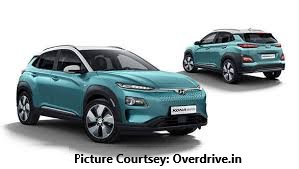
The all-new Kona Electric comes with exceptional electric performance. It has a generous driving range of up to 449 km and the fast charging returns its battery to an 80 % charge in just 54 minutes. This sporty SUV accelerates from 0 to 100 km/h in only 7.6 seconds in the 64 kWh version. You can choose between two batteries versions providing 289 km or 449 km of range.
Know more by clicking on the link – https://www.hyundai.com/eu/models/kona-electric.html
Tata’s EVision
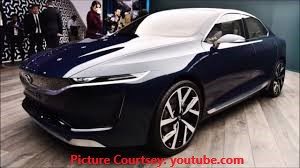
The EVision was showcased in the Geneva motor show in 2018. This concept car is expected to feature both slow AC charging and fast DC charging, with a range of 350-420km on a single charge. The EVision will have a top speed of 200kmph and will reach triple digits sub-7 sec.
Know more by clicking on the link – https://www.youtube.com/watch?v=4E3HrpL6HOc
To read more such interesting posts click on the link below:
Romancing the Moon: Exploring the Moon Again
Acknowledgement: The Economist: Issue dt- Apr 20th 2019 / Topic - Charging Ahead, Page - 57

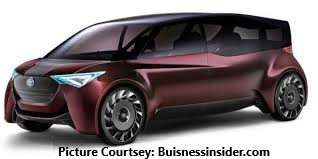



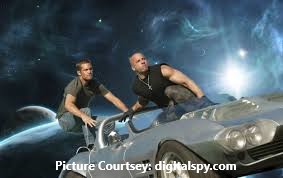






Comments
7 Comments
[…] Driving an Electric Car: Charging ahead with full power […]
[…] Driving an Electric Car: Charging ahead with full power […]
[…] Driving an Electric Car: Charging ahead with full power […]
[…] Driving an Electric Car: Charging ahead with full power […]
[…] Driving an Electric Car: Charging ahead with full power […]
[…] Driving an Electric Car: Charging ahead with full power […]
[…] Driving an Electric Car: Charging ahead with full power […]
Leave a Comment